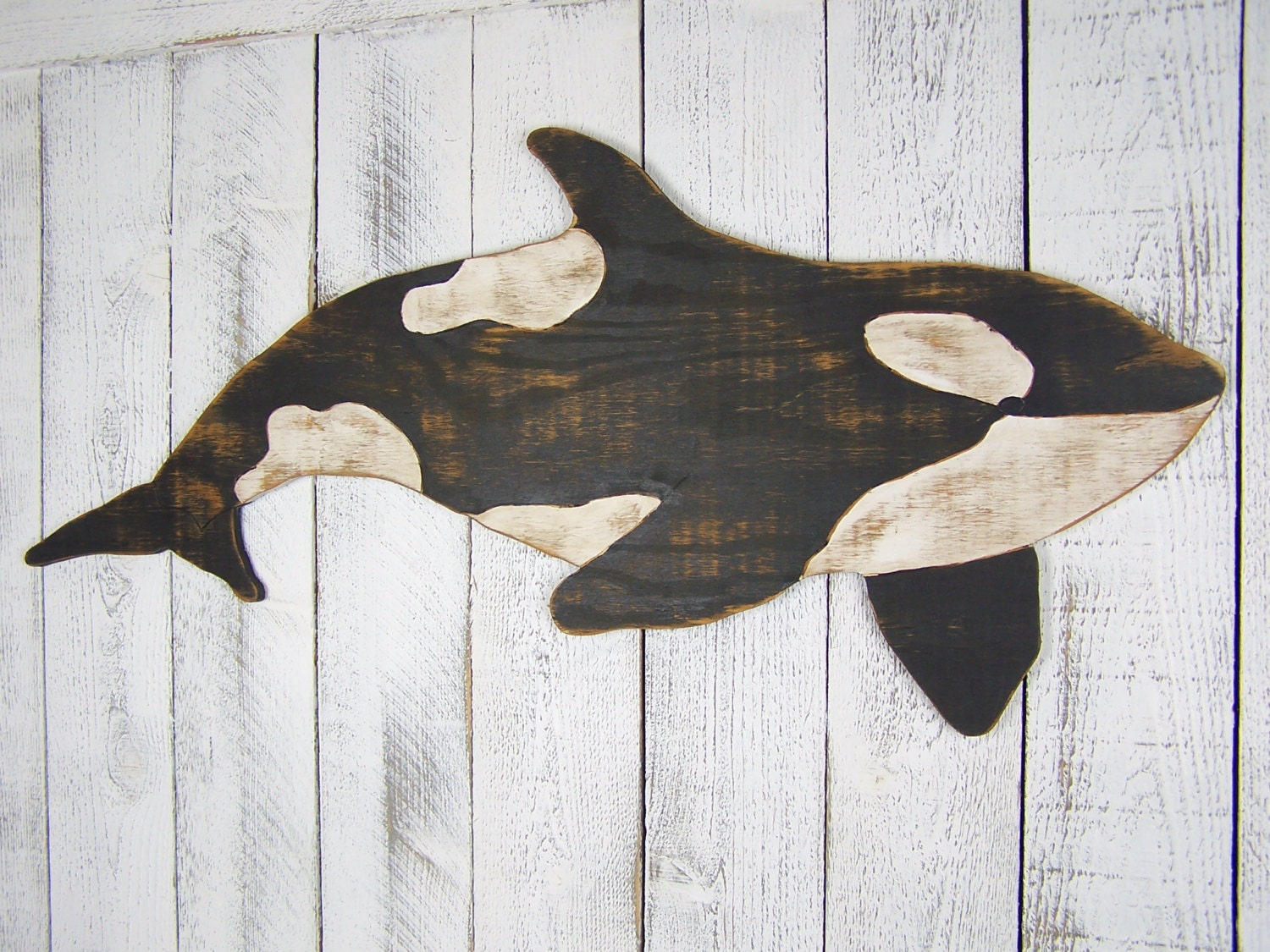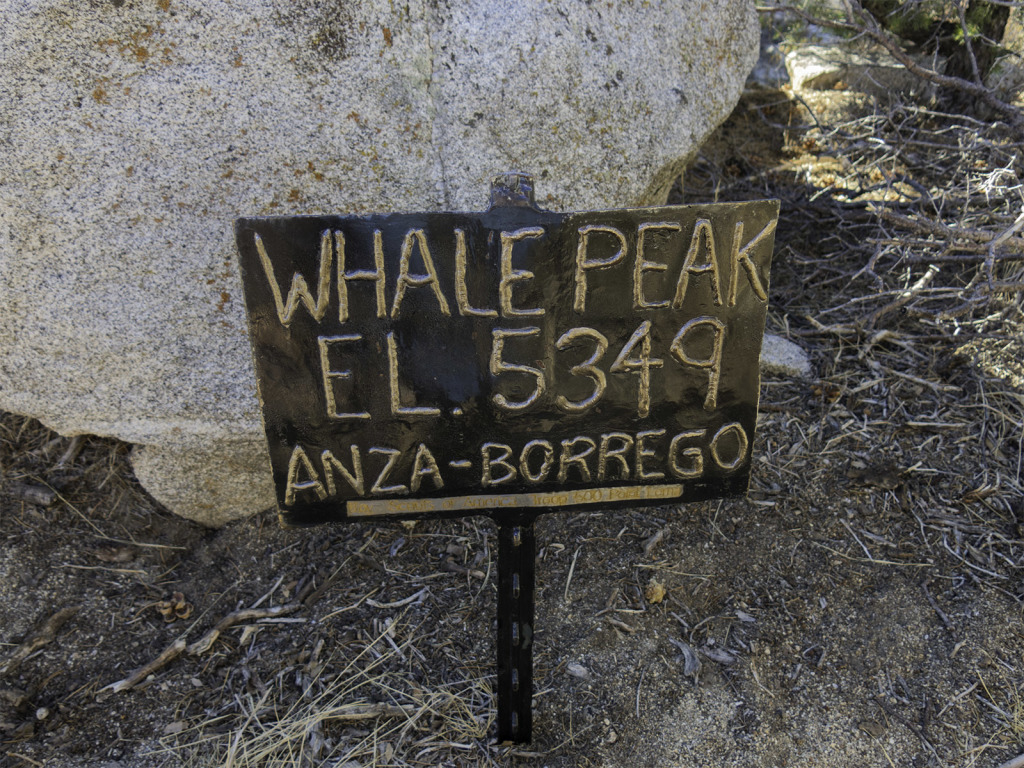

Blow water out through the mouth like a whale’s blowhole! Or provide toy whales for water play. Let your child pretend to be a whale in the tub or the pool. Animal games for children are so much fun.
#Sign of the whale how to#
Teaching Tips – to learn how to sign whale in ASL Use this visual to help you remember the sign.
The Y is the whale’s tail and the motion shows it swimming up and down in the ocean. Wave the Y-shaped hand up and down in a wavy motion. Bring the other hand up and hold it parallel to the body. Hold this hand bent at the elbow and forearm straight up. Make a Y-shaped hand by extending the pinky and thumb and tuck the remaining fingers into the palm. This majestic creature of the sea is so much fun to learn about. Koro Apirana realizes his ignorance, and the ancient bull whale finally feels closure, proclaiming that man and nature will live on as one.Learn how to sign whale in ASL (American Sign Language). She relays this information to her husband, who realizes that Kahu must be returned to land to fulfill her purpose of restoring oneness. However, the older mother whale understands Kahu is not Kahutia Te Rangi but the final spear. Kahu sacrifices herself so that her people may continue to thrive, deciding to remain with the herd. The ancient bull whale is overfilled with joy, as he believes Kahu to be his original master, Kahutia Te Rangi. She remembers how to ride the ancient bull whale and mounts him. Kahu-distraught by the thought that if the whale dies, so too will her grandfather-decides to swim out and communicate with the bull whale. Koro Apirana believes that if they can successfully return the whales to sea, it will show God and the beasts that man still believes in oneness. a sign, but none will be given it except the sign of the prophet Jonah. Later on, the bull whale beaches himself, apparently waiting to die. For as Jonas was three days and three nights in the whales belly so shall the. Koro Apirana interprets the arrival of the whales as a sign of man’s transgressions against nature. While many locals attempt to save them, the whales refuse all rescue attempts. The ancient bull whale eventually leads the herd to New Zealand.Ī different herd of whales washes up on the beaches of Whangara. The elderly female whales worry about their leader’s growing nostalgia as they begin to realize they are being led toward the dangerous islands of the south-west. This oneness is also connected to the preservation of Maori tradition, which is intimately linked with the whales’ survival. The whale innately understands that the modern world has rejected him, and he cannot live separated from the oneness man and beast once shared. He laments his lost master, which drives him into a deep depression. The leader, the ancient bull whale, remembers the days of the whale rider. Kahu tries desperately to have her grandfather love her, but her efforts continuously go unnoticed.Įach section of the novel begins from the perspective of the whale herd. If he had attended, he would have seen Kahu lead a traditional ceremony and give a speech in the Maori language. Koro Apirana’s ignorance is further displayed when he refuses to attend Kahu’s break-out ceremony. 
For example, she effortlessly fetches a carved stone cast into the water. While the boys struggle to complete the tasks Koro Apirana sets out before them, Kahu completes them with ease. Kahu routinely sneaks into Maori culture lessons, which angers her grandfather. In Koro Apirana’s mind, women cannot be chief, and he attempts to preserve tradition throughout the novel. Koro Apirana becomes obsessed with locating a male heir to become chief, neglecting Kahu. The Maori tribe traditionally traces the lineage of Kahutia Te Rangi through his male descendants, yet Kahu disrupts this lineage as the eldest granddaughter. The narrator of the modern sections of the novel is Rawiri, Kahu’s uncle. One spear is cast into the future and eventually incarnated in Kahu, the novel’s protagonist. He is the first whale rider who uses spears to create life on the island, which he later names Whangara. This story specifically addresses the life of Kahutia Te Rangi, the ancestor of the Maori tribe. The sea is discovered by the ancients who live in complete oneness with the gods and nature. The novel begins with the legend of the Maori tribe.






 0 kommentar(er)
0 kommentar(er)
